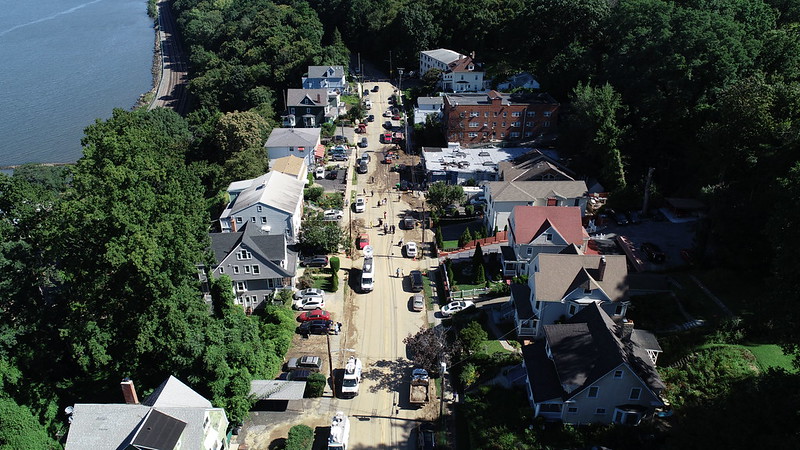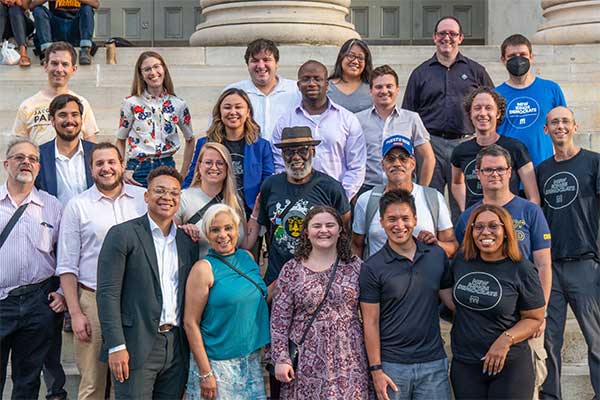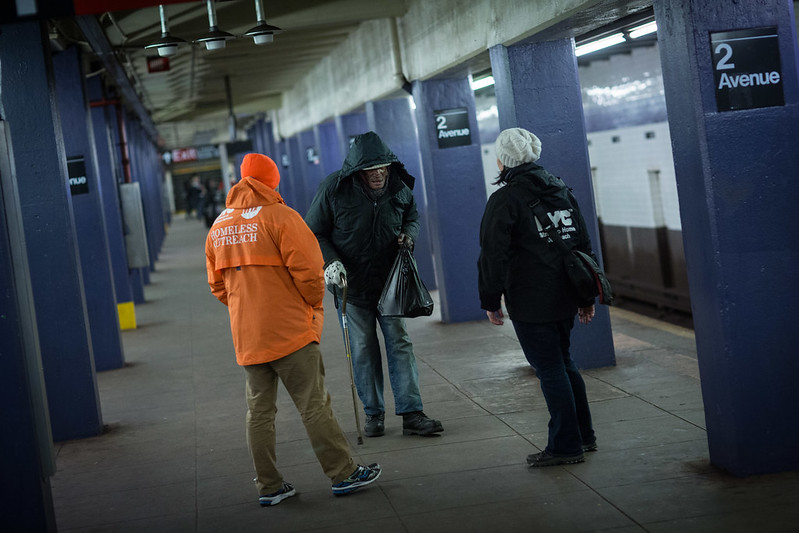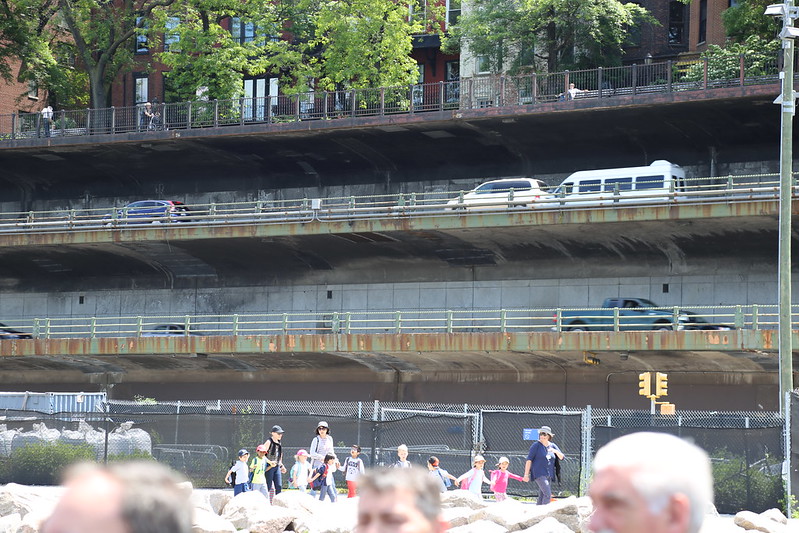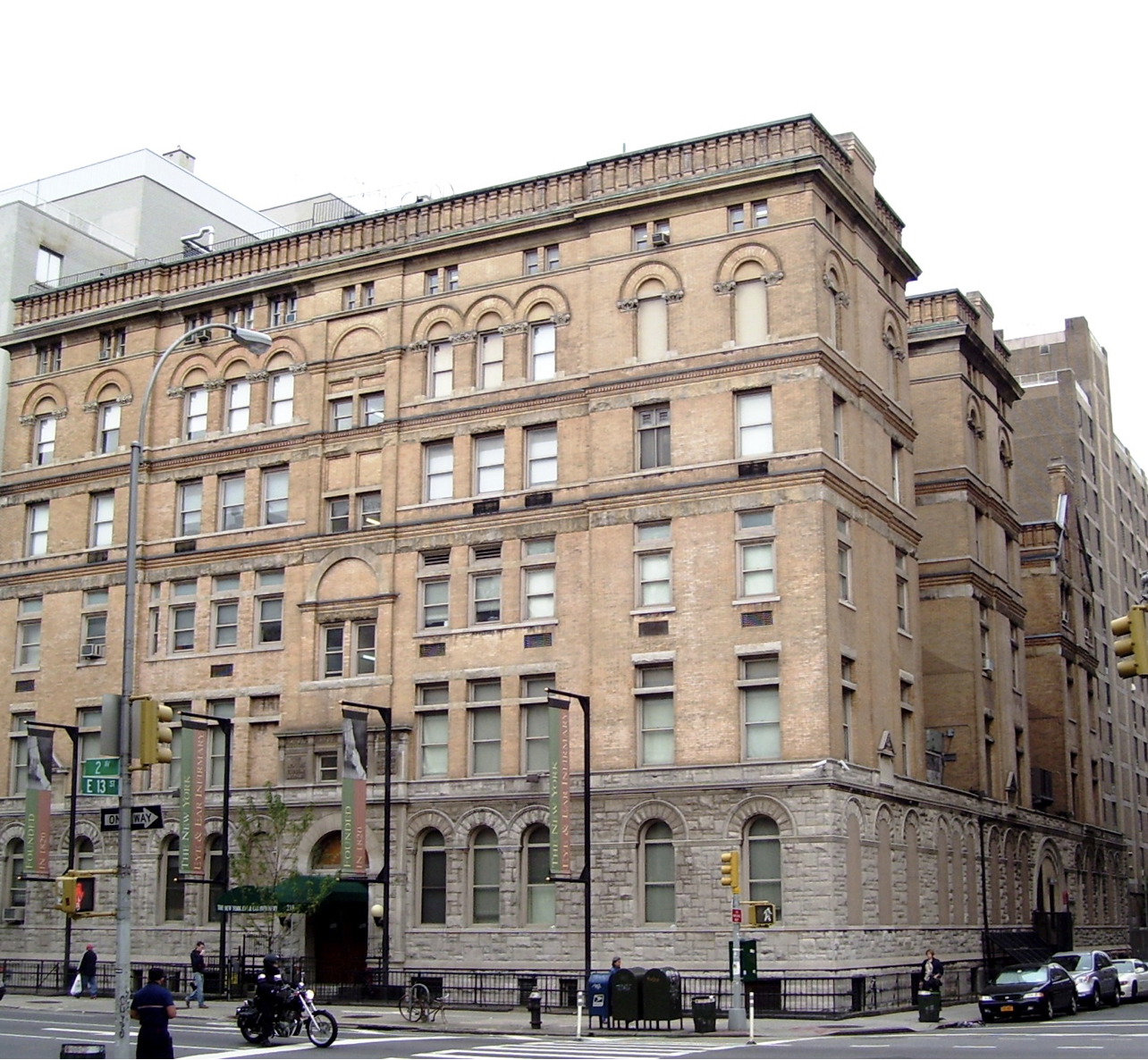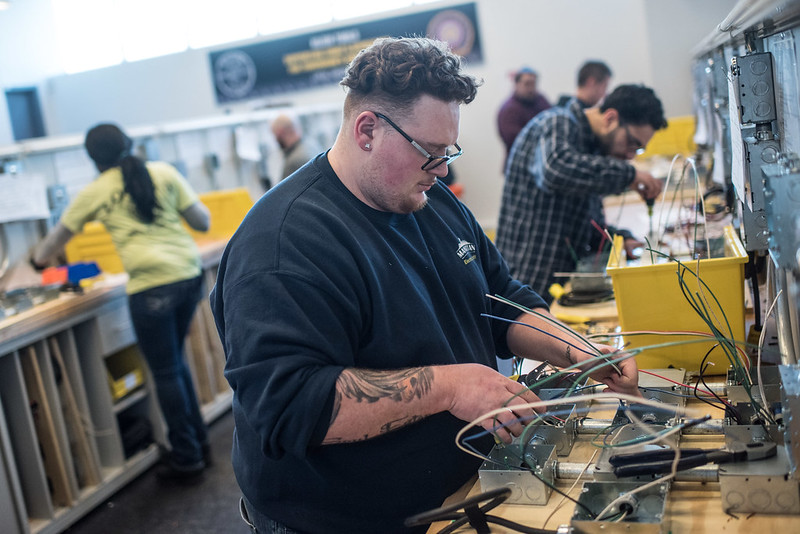
Hands-on learning (photo: Michael Appleton/Mayoral Photography Office)
Here in New York, with 520 miles of coastline in New York City alone, we understand the urgency to address climate change and the need to act now. Today, the question is how do we achieve a successful and just transition to a decarbonized world?
The transition to a green economy is underway all over the country through advancements and growth in renewable energy. But, maintaining these energy systems will require a highly trained and educated future workforce with the skills and knowledge necessary to sustain and innovate mass change at scale, in ways that facilitate equitable opportunity and environmental justice.
Focused investment in interdisciplinary STEM education that connects to students’ lived experiences is a winning strategy to ensure we’re preparing for the workforce needs of a sustainable future.
Early exposure to STEM subjects produces impressive outcomes. Studies have shown that students who receive a STEM education are more likely to pursue higher education and careers in STEM-related fields lead to higher earning potential and greater job stability. Further, research demonstrates the effectiveness of hands-on place- and project-based learning for increasing students’ positive attitudes, levels of engagement, and confidence.
When schools teach through a sustainability lens to inspire student-driven projects, young people develop a stronger sense of agency to connect the dots across the environmental, economic, and societal dimensions of our shared challenges, with their action serving as a balm for their anxieties about the future.
In New York, the offshore wind sector alone is expected to catalyze billions of dollars in investment and create thousands of jobs over the next decade. This presents a unique opportunity to create pathways for young New Yorkers to become the professionals who will build and upgrade offshore wind farms for generations to come.
This community-changing economic opportunity starts in the classroom. Increasing access to place-based STEM education for students is essential to creating a robust and inclusive workforce capable of meeting the demands of the expanding offshore wind sector and representative of the communities it serves.
And we know: CELF is a nonprofit organization that works with K-12 teachers and students to advance environmental literacy through professional development and experiential learning. Our programs focus on teaching students of all ages about sustainability, social responsibility, environmental stewardship, and civic engagement, introducing them to conservation concepts and systems thinking skills from an early age through engagement and action in their communities. We are teaching real-world environmental sustainability concepts that are not often found in traditional K-12 classrooms but are critical to confront climate change.
Now we are ready to scale our approach to even more New York schools to equip students with the STEM skills and action competencies needed to build future careers in the green economy. That is why we have chosen to partner with Leading Light Wind – the only American-led offshore wind project in New York Bight, the offshore area.
Partnering with Leading Light Wind was an easy choice for us because of their commitment to educating and training the next generation of workers through partnerships with organizations such as the CUNY College of Staten Island, the CUNY Offshore Wind Advisory Network, the Brooklyn Navy Yard, Gotham Whale, the Waterfront Alliance, the New York City Economic Development Corporation, and others. Our partnership with Leading Light Wind will enable us to provide even more resources and opportunities to students interested in pursuing careers in the offshore wind industry.
As we move towards a clean energy future, it is imperative that we invest in bold plans that advance clean energy and that train, educate, and empower American workers and the local communities needed to get us there.
More cross-sector partnerships are critical to advance a holistic approach to combating climate change and building a clean energy future. From education to labor to environmental justice advocacy and more, we all must work together to increase equitable access to STEM education, provide training opportunities for students from all backgrounds, and support workforce development programs that will fuel a just energy transition.
Together, we can ensure that the region’s offshore wind sector is a catalyst for positive change, providing good jobs for workers and a brighter future for the region, and planet.
***
Tara Stafford Ocansey is Executive Director of the Children’s Environmental Literacy Foundation (CELF). On Twitter @TaraSOcansey & @CELFeducation.
***
Have an op-ed idea or submission for Gotham Gazette? Email This email address is being protected from spambots. You need JavaScript enabled to view it.
